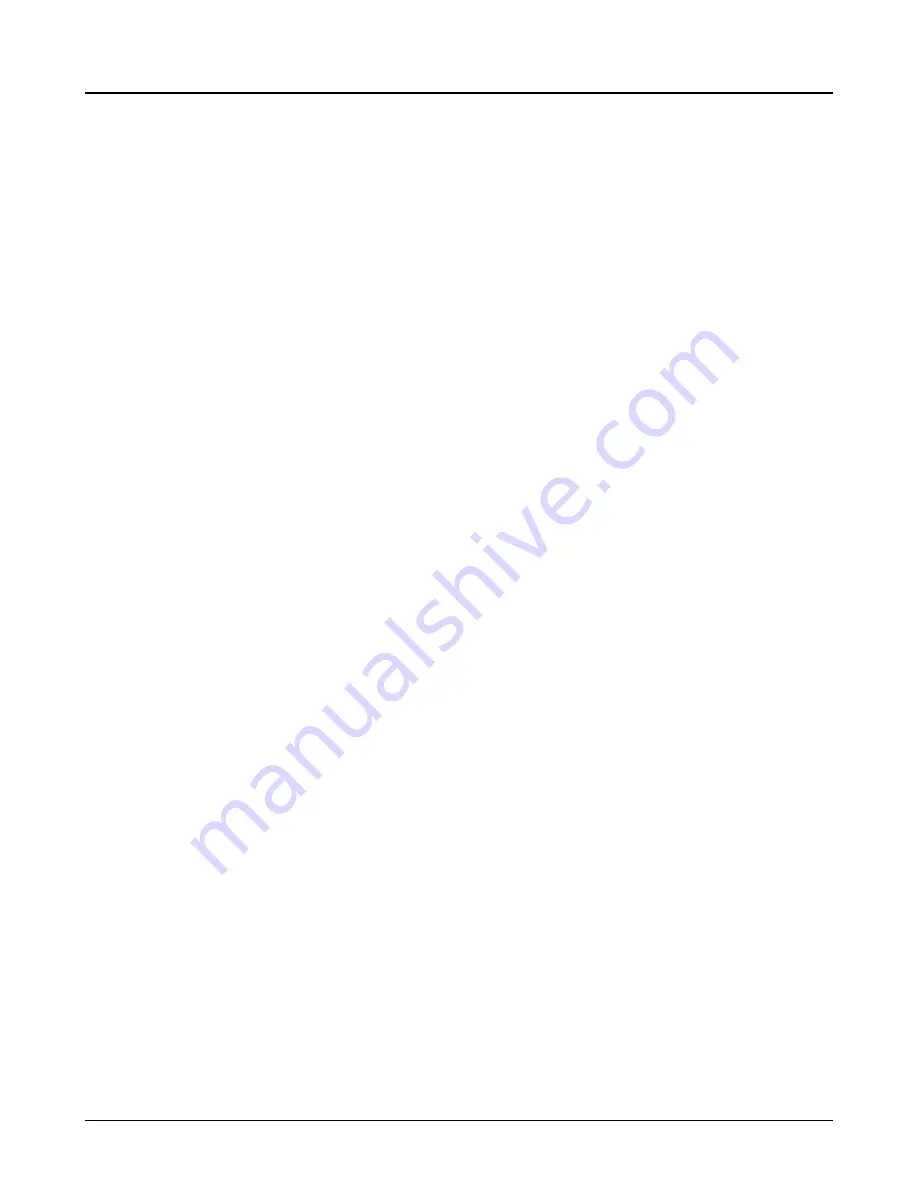
source. The flush liquid keeps the solids in the pumpage away from the seal faces. A restricting
bushing in the bottom of the stuffing box is used to control dilution of pumpage. Flush liquid pres-
sure should be great enough to ensure steady flow into the stuffing box.
On double seal installations a clear compatible liquid from as outside source should be circulated
through the stuffing box. Two ¼" pipe tap openings provide entrance and exit of lubricating liquid
to the seal chamber. The lubricating liquid seal pressure should be approximately 20 pounds
greater than the suction pressure. Valves in the lines can be used to control flow and pressure.
Sufficient flow should be allowed to prevent excessive heat generation in the stuffing box. If pum-
page temperature is above 250ºF then this lubricating should be cooled to prevent hat transfer
along the shaft to the bearings. The circulating liquid provides lubrication to the seal faces and
prevents the pumpage from entering between them. The circulating liquid pressure should be
maintained as long as there is suction pressure.
3.4 Connection of sealing liquid or greased lubricator (packed
box)
If the stuffing box is above atmospheric pressure, and the pumpage is clean, normal gland leakage of
40-60 drops per minute is usually sufficient to lubricate and cool the packing, and sealing liquid is not
required.
Sealing liquid or grease lubricator is required:
1.
When abrasive particles in the pumpage could score the shaft.
2.
Stuffing box pressure may be below atmospheric on pumps with two wearing rings if pump is run-
ning with suction lift, or if suction source is under vacuum. (Refer to
7.4 Sectional views, parts list
and interchangeability tables on page 29
for list of pumps with two wearing rings.) Under these
conditions, the packing will not be cooled and lubricated, and the air will be drawn into the pump.
Sealing liquid may be supplied by circulating pumpage to the lantern ring through a line from casing to
the ¼" pipe tap seal connection in the stuffing box. The other seal connection is plugged. If the liquid is
abrasive, an outside source of clean compatible liquid must be used at a pressure 20 to 40 psi above
suction pressure.
A grease lubricator is supplied when the use of a recirculating pumpage or outside sealing liquid is not
desired. the grease should be compatible with, and insoluble in the pumpage.
3.5 Connection to quenching gland
A quench type gland with tapped holes in the upper and lower gland halves can be supplied on special
order. Use of a quench gland is required when the pumped liquid is:
1.
Between 180ºF and 220ºF, if cooling water is not connected to the frame.
2.
Between 250ºF and 350ºF, in addition to frame cooling.
Quenching is also suggested on applications where the pump is handling volatile or toxic liquids in order
to smother the gland leakage, which can then be piped away.
The quenching liquid must be from an outside source and should be piped with flexible pipe into the
opening in the upper gland half and out the opening in the lower gland half. A shut-off valve should be
installed in the quenching line.
3.6 Connection of cooling water piping
The frame must be water cooled when the pumped liquid is:
1.
Between 180ºF and 220ºF, if quench gland is not used.
3.4 Connection of sealing liquid or greased lubricator (packed box)
Model 3755 Installation, Operation, and Maintenance Manual
19
Содержание Goulds Pumps 3755
Страница 1: ...Installation Operation and Maintenance Manual Model 3755 ...
Страница 2: ......
















































